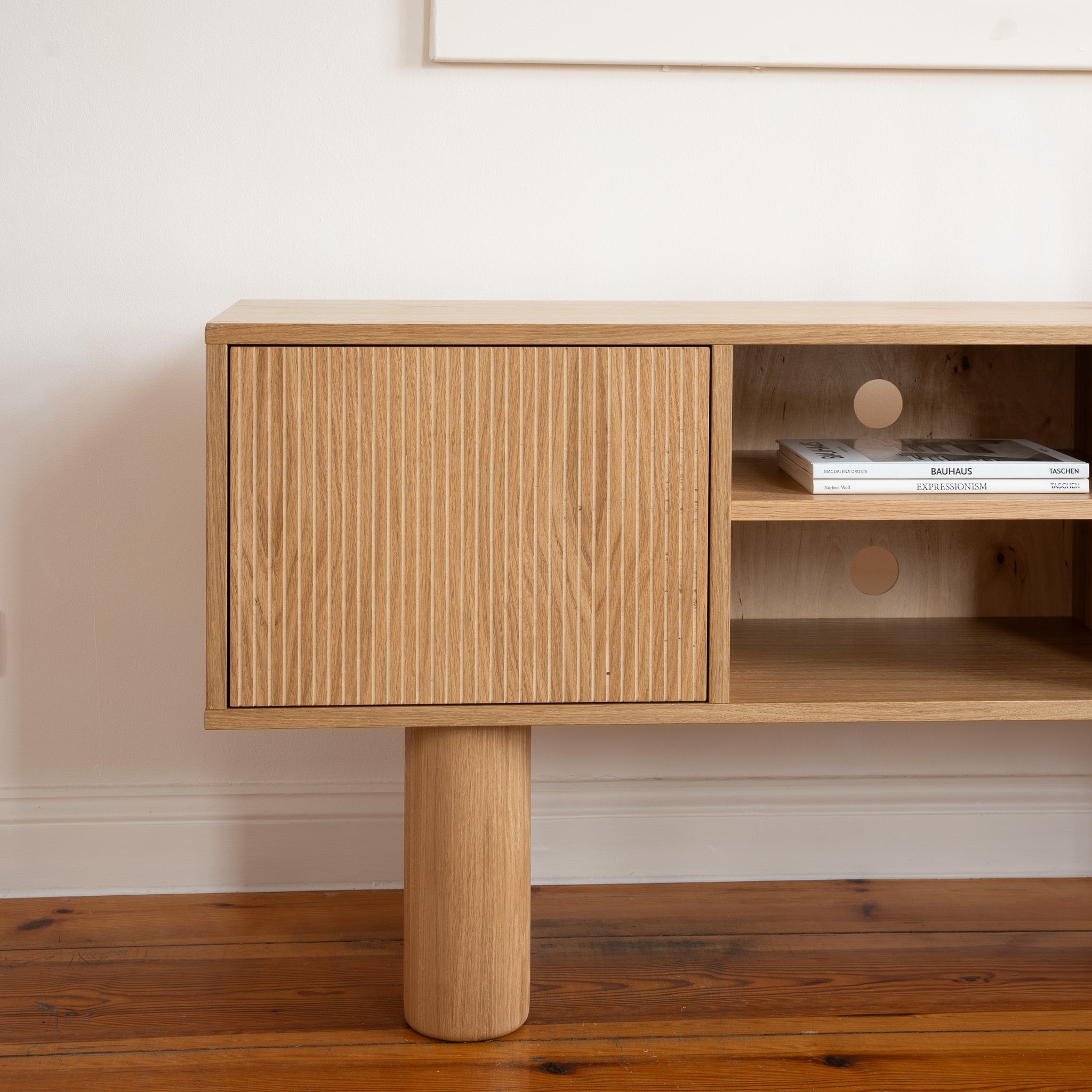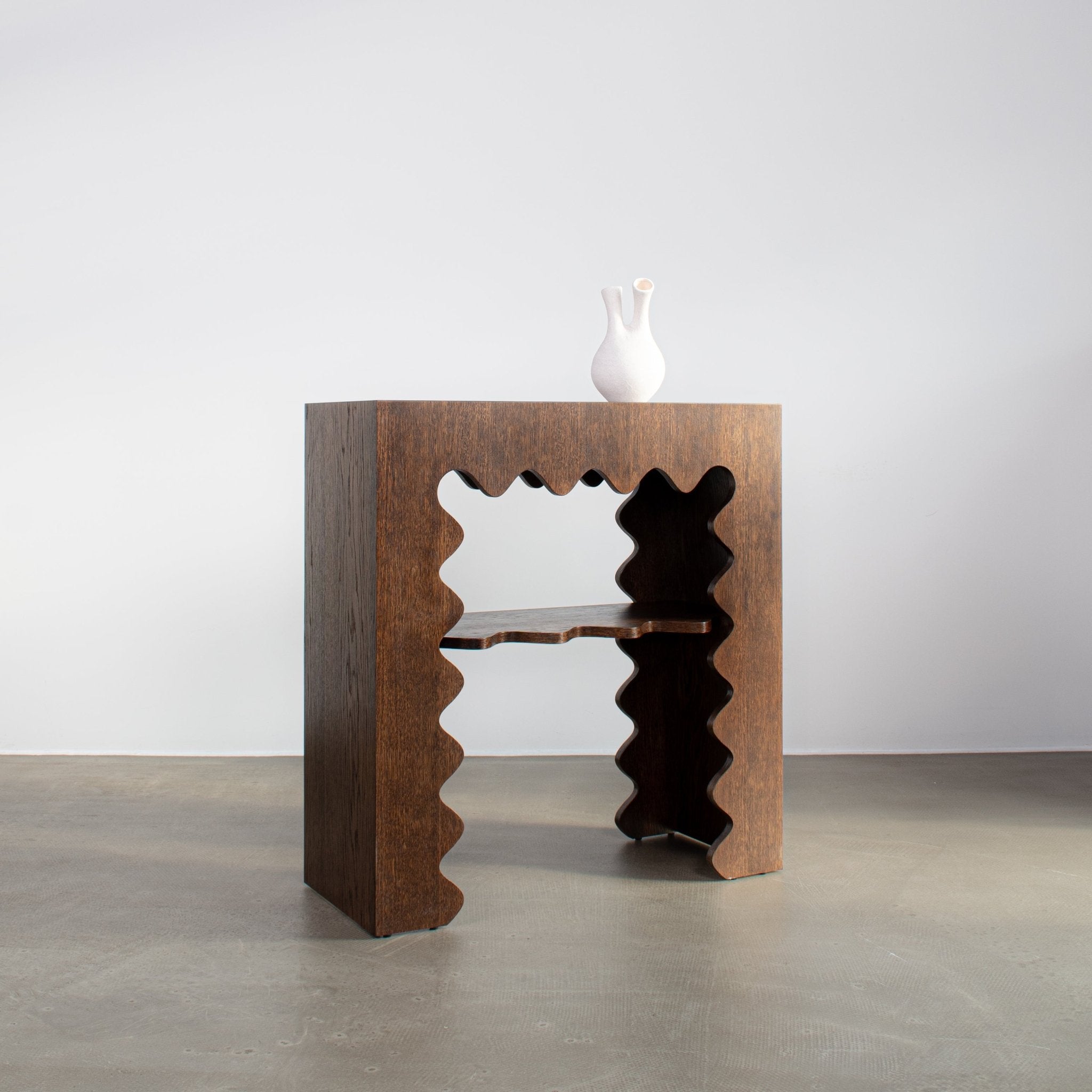Mid-Century Modern Style – What Defines It and How to Bring It into Your Home
The mid-century modern style never goes out of fashion – on the contrary, it’s gaining more and more recognition among design lovers who seek harmony between form, function, and aesthetics. This is a style that draws from the past yet surprises with its timeless appeal. In this article, we’ll show you what makes the mid-century modern style unique and how to introduce it into your home step by step – without losing the individual character of your space.
What Defines the Mid-Century Modern Style?
This style is all about simplicity, functionality, and natural beauty.
Mid-century modern originated in the 1940s and 1950s, primarily in the United States, and continues to inspire designers around the world. Its key features include clean lines, organic shapes, and well-balanced proportions.
Typical characteristics of the style:
● Furniture with a light form – slim legs, low profiles, geometric shapes.
● Natural materials – wood (most often walnut, teak, oak), leather, linen.
● Functionality – every element has a purpose, with no room for excessive decoration.
● Color palette – earthy tones (browns, beiges, greens), complemented by mustard, navy blue, and burnt orange accents.
This style values quality and durability – furniture and accessories in this spirit are an investment for years to come.
What Furniture Should You Choose to Create a Mid-Century Modern Interior?
Opt for simple, elegant forms and timeless materials.
Mid-century modern furniture combines utility with beauty. At Pastform, you’ll find many pieces that fit perfectly into this aesthetic. Of particular note are natural wood bookshelves, sideboards, low coffee tables, and slim-legged TV stands – all designed with harmony of form and function in mind.
Key pieces from Pastform’s collection:
● Vintage shelving units
● Retro sideboards on tall legs
● Coffee tables with flowing, organic shapes
● TV cabinets
All these pieces are made from natural wood, enhancing their authenticity and durability. They’re a choice for those who value design with history – reimagined for modern living.
What Accessories and Colors Suit the Mid-Century Modern Style?
Focus on contrasting accents and natural textures.
Although this style thrives on restraint, accessories play an important role. Their task is to bring life to the space and give it personality. Great choices include vintage posters, lamps with geometric forms, and handmade ceramics.
Recommended additions:
● Cushions and textiles in geometric patterns or muted tones
● Tripod floor lamps, brass sconces, fabric lampshades
● Graphics in Bauhaus style or from the 1960s, framed in slim borders
● Houseplants – especially monstera, ficus, or palm trees – to add a touch of nature
Colors in mid-century modern interiors are balanced and inspired by nature but never lacking energy. Spaces are built on calm, neutral tones, contrasted with vibrant accents.
Color palette:
● Neutral base: white, warm beige, light grey
● Nature-inspired: bottle green, rust, olive, navy
● Accents: mustard yellow, burnt orange, burgundy
This combination of a calm backdrop with bolder accents creates a space full of character, yet harmonious. That’s why mid-century modern remains timeless and effortlessly elegant.
How to Combine Mid-Century Modern with a Contemporary Interior?
Keep the balance between classic and modern, ensuring consistency in forms and materials.
Mid-century modern works beautifully with contemporary spaces – it’s all about striking the right balance between retro and modern elements. With its clean lines, natural materials, and timeless shapes, furniture inspired by the 1950s and 1960s can become a striking accent in modern interiors without compromising their functionality or minimalism.
Practical ways to achieve the perfect blend:
● Mix textures and materials – pair a vintage wooden sideboard with a concrete wall or industrial accessories.
● Combine old and new – place a classic 1960s-style armchair next to a modern, neutral-toned sofa.
● Maintain a consistent color scheme – build around neutral tones like white, grey, and beige, with one bold retro accent.
● Choose furniture with simple, functional shapes, regardless of the era they come from.
This mix allows you to create a space that is both elegant and practical, with a strong personal touch. Thanks to their lightness and subtlety, mid-century modern pieces don’t overwhelm a room – they complete it harmoniously.
Modern technological solutions, such as smart lighting or audio systems, can coexist perfectly with classic design. The key is to integrate or conceal them so they don’t disrupt the overall aesthetic.
Remember – moderation is essential. One standout retro piece or a distinctive accessory is often enough to add depth and history to an interior. The rest of the space can be built around modern, lightweight forms and an open layout. This way, you’ll achieve a stylish and functional environment that bridges the past and the future.
FAQ
-
Does mid-century modern suit small apartments?
Yes – its light forms and bright color palette help make spaces feel larger. -
Can you combine mid-century modern with other styles?
Absolutely – it works wonderfully with contemporary, Scandinavian, and even boho interiors. -
Is mid-century modern still in style?
Yes – it’s one of the most universal and timeless styles, popular since the 1950s.
In our collection, you’ll find furniture inspired by the aesthetics of the mid-20th century – pieces that combine classic design with modern comfort. Discover the collection at Pastform.com.









